It's not every day that a cake from Dehong comes your way, which is a prefecture far north of Xishuangbanna, beyond Simao, beyond Lincang, beyond even Baoshan. It sticks out to the west, poking Burma / Myanmar in the ribs.
Various merchants selling via Taobao observe that the Luxi Defeng Tea Company, to give it its full name, has its own dedicated tea gardens, which cover some 30 acres, yielding some 2,600 tons of tea each year.
Amusingly, it describes the company as having 160 staff, 15 of which are "specialised technical personnel": 2 engineerings, 3 QA, 5 blenders, 3 technicians, 1 accountant, 1 economist (?!), and... lo and behold... 1 statistician. Despite the fact that this comes to 16 personnel (unless they are discounting the accountant as being specialist, which would be natural), I am superdoublechuffed to read that Defeng undertake some sort of statistical analysis. I'd love to know what it is. I'm assuming it's something process related, in the traditional manner much beloved of undergraduate courses. You never know, though... perhaps they're using extreme value statistics to determine optimal aging and character profiles...
Happily, the local Luxi government has given the Defeng company a further 10,000 acres of land, which it uses for maocha. This is encouraging, as it demonstrates the recognisably significant effect (p < 10^-6) of the pu'ercha industry on local commerce, and on local livelihoods.
"Pangxiejiao" [pung sh'yeah jee'ao, crab's feet] cakes supposedly contain some of the vine that grows around the trunk of the pu'ercha tree. The only other example of this genre in our collection was, as with this cake, generously provided by Keng of Singapore - it is the 2003 Jingmai version, by Changtai. I couldn't discern any noticeably alien contribution to that tea - it simply tasted like a good, well-aged cake.
As you can see, the leaves are large and quite dark: every now and again, the pengxiejiao may be seen as a section of thin creeper. The aroma is light and sweet. So far, so good.
Its rinse is a heartening yellow colour, with a hint of brown that is often a surprisingly accurate predictor of "savoury" character. The scent is sweet, yet dry, like arable crops, with a fruity edge.
This seems to be a very decent tea: it has a heavy sweetness that pushes its way into every corner of the mouth. The body is quite thick, and the huigan is significant. Its remote provenance grants it subtleties of character that are welcome: low tobacco, sweet grain. It reminds me of Dali-area Xiaguan leaves, which are, after all, closer to Dehong than 'Banna.
This sells for a most 65-100 RMB on Taobao, which makes it worth a look, if you, like me, enjoy these cakes from remote regions. The price also lands you a 500g cake, rather than the usual 375g. Thanks once again to Keng.
The probability of me enjoying this cake asymptotically approaches 1 on a short lengthscale.
The probability of me enjoying this cake asymptotically approaches 1 on a short lengthscale.

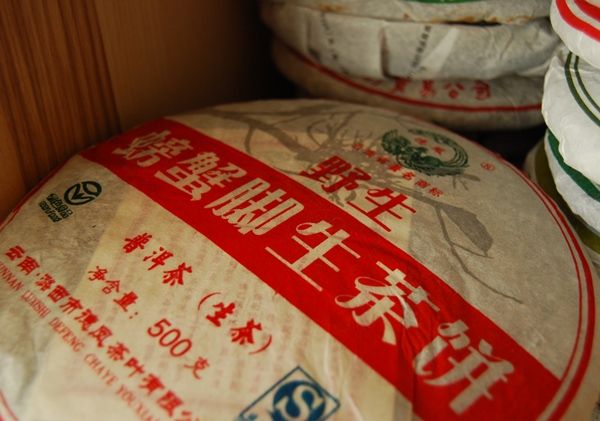
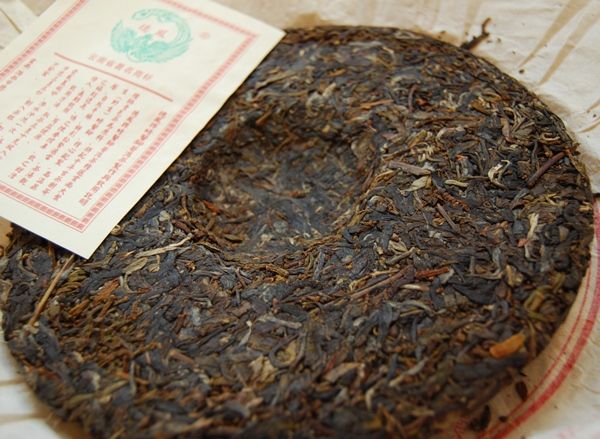
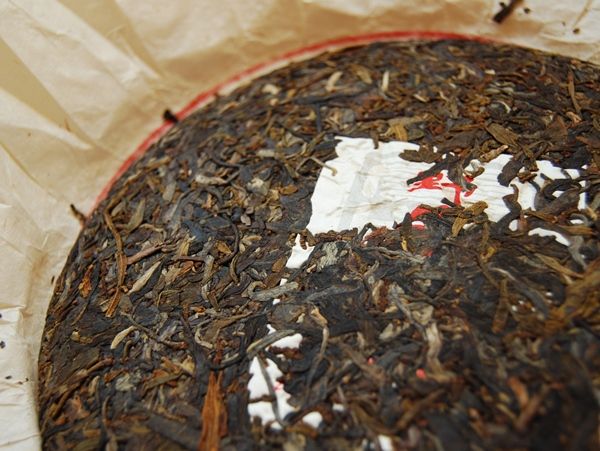
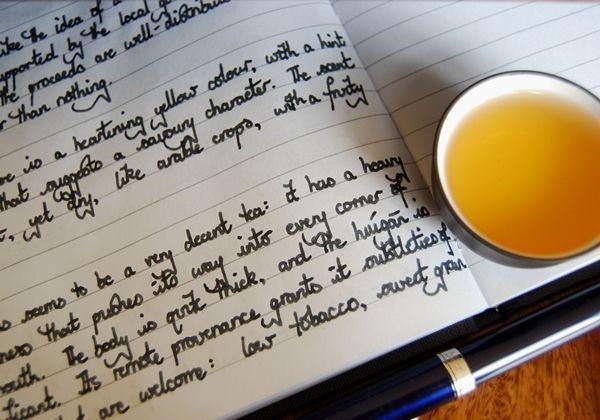
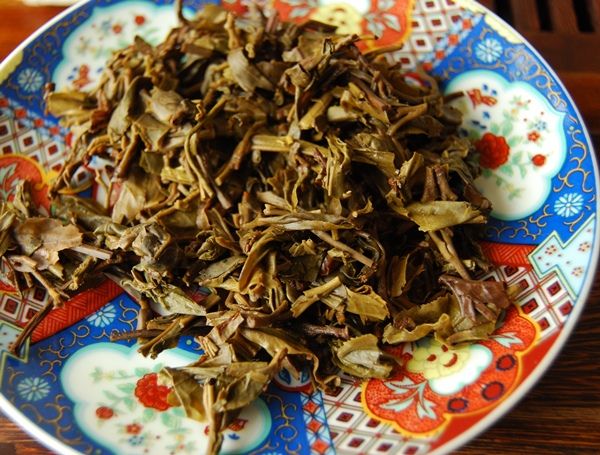
10 comments:
Hi,
having a math mood today, aren't you? :-)
You do math for living?
Jakub
My day-job is in engineering mathematics and statistics. (My exact field of machine learning is alternatively "computer science", "engineering mathematics", "applied mathematics" or "statistics", depending on which university you find yourself!)
Toodlepip,
Hobbes
Been silently lurking and enjoying your blog for over a year now, I'm a great admirer of your frequent updates!
Pangxiejiao (crab's feet) is actually a parasitic grass that grows out of the tree trunk, as opposed to a creeper or vine. It kind of looks like a mini cactus, as its leaf blades are composed of flat sections reminiscent of a crabs legs. There is one example left of the neifei, close to the edge of the cake. Lovely photos by the way!
Cool! I am interested in machine learning as well! So what do you do? Is hard to find a job in this area in Singapore and companies doesn't know what they want or need in data mining.
Well, I drink puer as well. I have some douji but I guess you didn't like them. Some of my stuff are from 澜沧古茶 and I drink both femented and unfemented pu-er. I only started drinking in 2009. Most of my stuff are from GuangZhou during my visit there but I haven't make any trip this year.
Cheers!
Nice! That is most interesting (to me, it is one of the most interesting topics in computer science). I'm mostly interested in [artificial] neuronal networks, which may be related...
Anyway, it is very nice to meet another computer scientist in the tea blogging sea :-)
Have a nice day!
Jakub
Dear Tea Urchin,
Thanks for the note - you are challenging received (Western) wisdom, which is a healthy thing to do. :)
I've added your blog to my reading list, and am fascinated by your Yunnan expeditions.
Dear Sobriety,
I'm glad to read that you're into both machine learning and pu'ercha, subjects close to my heart. I actually rather like Douji, by the way!
In terms of employability, machine learning is in great demand in the UK and US. I must get 1-2 "headhunters" contacting me each month, asking if I have colleagues who are after a job. Perhaps you could send me an e-mail, if you're interested in working in the US or UK, as there are many companies looking for suitably skilled candidates. It's most often the case that companies simply cannot find the right people.
I'm generally interested in probabilistic Bayesian (i.e., generative) techniques, but also do quite a bit of discriminative work too - support vector machines, Gaussian processes, etc.
Dear Jakub,
Artificial neural networks, a classic in the field! I used to be very interested in them. These days, as I wrote above, it's more GPs and SVMs for me.
What particular aspect of ANNs are you researching?
Toodlepip,
Hobbes
(In fact, I am writing from a machine learning conference, and there several ANN talks today...)
Hi Hobbes, The tea is a bit tricky to me, it doesn't show much Pangxiejiao, and in Yunnan local , they prefer boling the Pangxiejiao rather than steep.
Hello Hobbes,
my bachelor thesis was about explanation of aggregation in cockroaches, which was a start of my "bio-direction" in computer science (but it was ordinary multi-agent modelling, no neurons yet).
Now I'm reading articles about ear neuronal system. In next two years, in my diploma thesis, I should be researching (measuring and then modelling) ear system of brown rats. How the population coding works mostly. But we shall see where I manage to get, ear is pretty complicated (and aural pathways are, in a sense, more complicated than visual pathways).
Which conference are you attending?
Hope you'll enjoy it!
Jakub
and all the work *I* ever did was on crude CPG in chewing!
/me pouts
t'was fun though
--shah8
Post a Comment